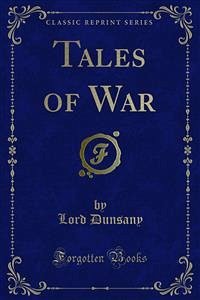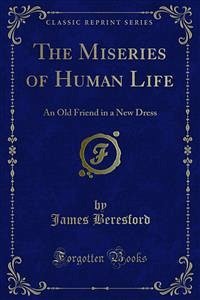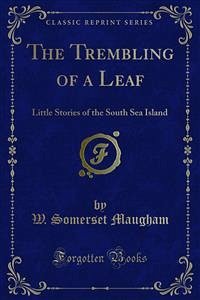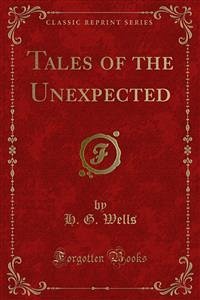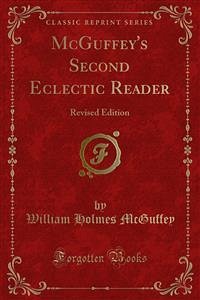The Little White Bird is a British novel by J. M. Barrie, ranging in tone from fantasy and whimsy to social comedy with dark, aggressive undertones. It was published in November 1902, by Hodder & Stoughton in the UK and Scribner's in the US, although the latter had released it serially in the monthly Scribner's Magazine from August to November. The book attained prominence and longevity thanks to several chapters written in a softer tone than the rest of the book, which introduced the character and mythology of Peter Pan. In 1906, those chapters were published separately as a children's book, Peter Pan in Kensington Gardens. The Peter Pan story began as one chapter and grew to an "elaborate book-within-a-book" of more than one hundred pages during the four years Barrie worked on The Little White Bird. The complete book has also been published under the title The Little White Bird, or Adventures in Kensington Gardens. The Little White Bird is a series of short episodes, including both accounts of the narrator's day-to-day activities in contemporary London and fanciful tales set in Kensington Gardens and elsewhere. The story is set in several locations; the earlier chapters are set in the town of London, contemporaneous to the time of Barrie's writing, and involving some time travel of a few years, and other fantasy elements, while remaining within the London setting. The middle chapters that later became Peter Pan in Kensington Gardens are set in London's famous Kensington Gardens, introduced by the statement that "All perambulators lead to Kensington Gardens". The Kensington Gardens chapters include detailed descriptions of the features of the Gardens, along with fantasy names given to the locations by the story's characters, especially after "Lock-Out Time", described by Barrie as the time at the end of the day when the park gates are closed to the public, and the fairies and other magical inhabitants of the park can move about more freely than during the daylight, when they must hide from ordinary people. The third section of the book, following the Kensington Gardens chapters, are again set generally in London, though there are some short returns to the Gardens that are not part of the Peter Pan stories. In a two-page diversion in chapter 24, Barrie brings the story to Patagonia, and a journey by ship returning to England at the "white cliffs of Albion".
Bitte wählen Sie Ihr Anliegen aus.
Rechnungen
Retourenschein anfordern
Bestellstatus
Storno





